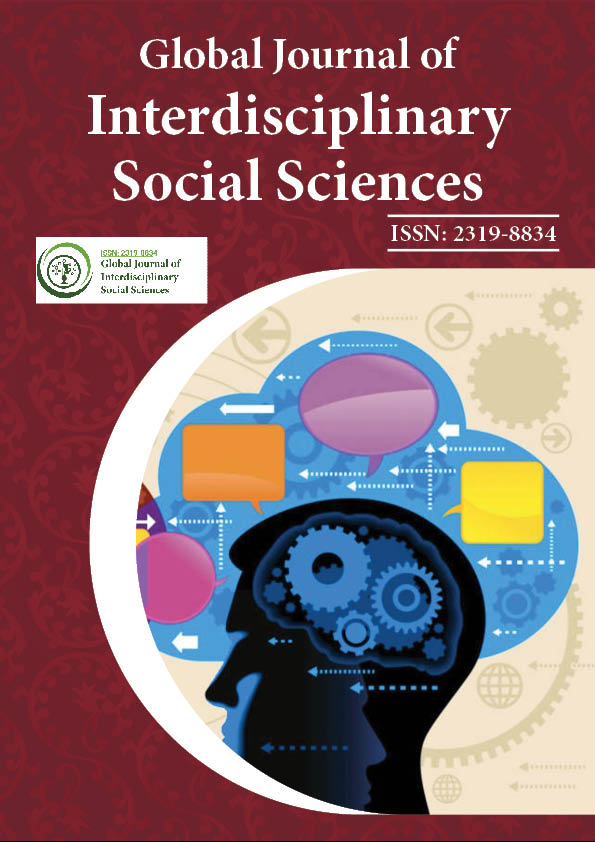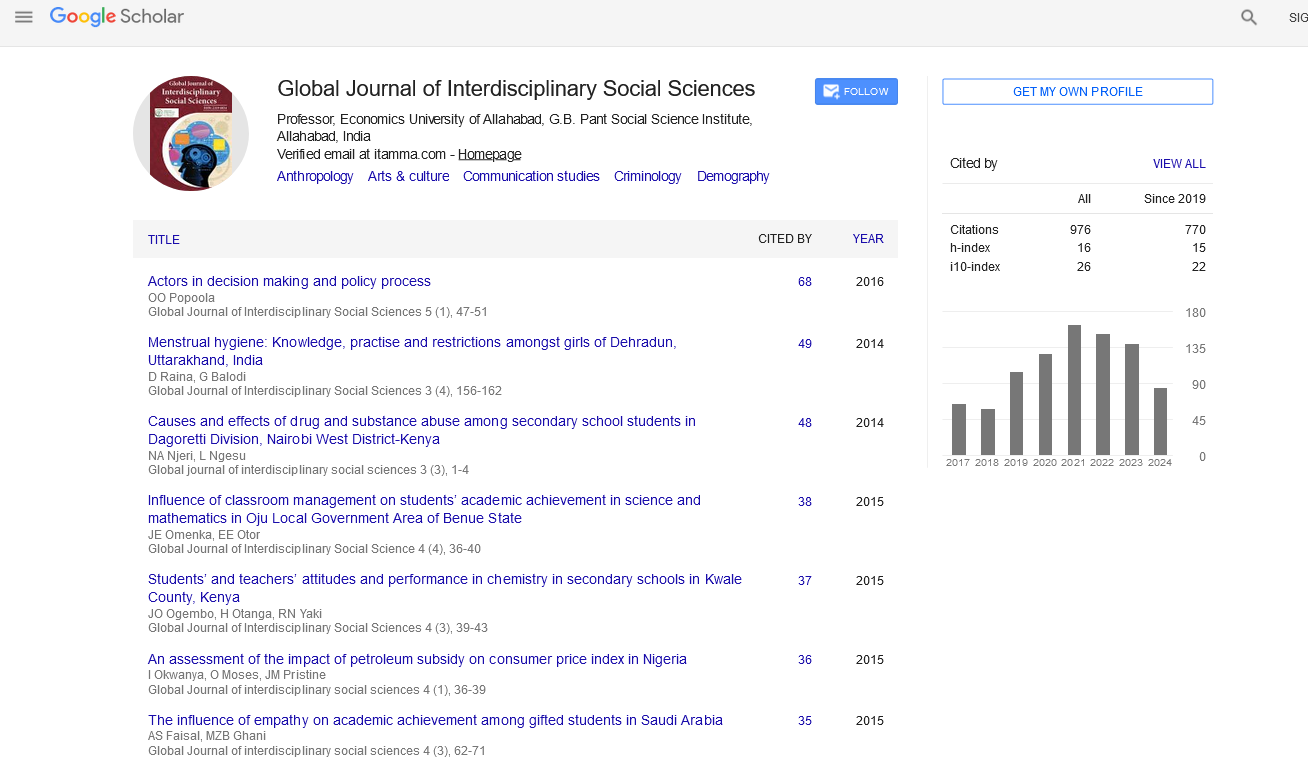Indexed In
- JournalTOCs
- Google Scholar
Useful Links
Share This Page
Journal Flyer

Open Access Journals
- Agri and Aquaculture
- Biochemistry
- Bioinformatics & Systems Biology
- Business & Management
- Chemistry
- Clinical Sciences
- Engineering
- Food & Nutrition
- General Science
- Genetics & Molecular Biology
- Immunology & Microbiology
- Medical Sciences
- Neuroscience & Psychology
- Nursing & Health Care
- Pharmaceutical Sciences
Abstract
Archaeology
Leola Ian
Archaic exploration, additionally spelled prehistoric studies, the logical investigation of the material remaining parts of past human existence and exercises. These incorporate human curios from the soonest stone devices to the man-made items that are covered or discarded in the current day: everything made by people—from straightforward devices to complex machines, from the most punctual houses and sanctuaries and burial places to castles, churches, and pyramids. Archeological examinations are a chief wellspring of information on ancient, old, and wiped out culture. The word comes from the Greek archaia ("old things") and logos ("hypothesis" or "science").
The paleologist is initial a spellbinding laborer: he needs to depict, characterize, and investigate the antiques he contemplates. A satisfactory and target scientific categorization is the premise of all paleohistory, and numerous great archeologists spend their lives in this movement of depiction and order. However, the principle point of the paleontologist is to put the material remaining parts in verifiable settings, to enhance what might be known from composed sources, and, subsequently, to expand comprehension of the past. Eventually, then, at that point, the classicist is a history specialist: his point is the interpretive portrayal of the past of man. Progressively, numerous logical strategies are utilized by the paleologist, and he utilizes the logical aptitude of numerous people who are not archeologists in his work. The ancient rarities he considers should frequently be concentrated in their ecological settings, and botanists, zoologists, soil researchers, and geologists might be gotten to recognize and depict plants, creatures, soils, and shakes. Radioactive scientifically measuring, which has reformed quite a bit of archeological sequence, is a side-effect of exploration in nuclear material science. However, in spite of the fact that antiquarianism utilizes broadly the strategies, methods, and consequences of the physical and organic sciences, it's anything but a characteristic science; some think of it as a control that is half science and half mankind. Maybe it is more precise to say that the prehistorian is initial a skilled worker, rehearsing many particular artworks (of which unearthing is the most natural to the overall population), and afterward a history specialist. The legitimization for this work is the support of all authentic grant: to improve the present by information on the encounters and accomplishments of our archetypes. Since it concerns things individuals have made, the most immediate discoveries of antiquarianism bear on the historical backdrop of craftsmanship and innovation; however by surmising it likewise yields data about the general public, religion, and economy of individuals who made the ancient rarities. Additionally, it might expose and decipher beforehand obscure composed reports, giving significantly more certain proof about the past. In any case, nobody paleontologist can cover the entire scope of man's set of experiences, and there are numerous parts of paleontology isolated by geological regions (like traditional antiquarianism, the archaic exploration of antiquated Greece and Rome; or Egyptology, the paleohistory of old Egypt) or by periods (like middle age prehistoric studies and modern paleohistory). Composing started 5,000 years prior in Mesopotamia and Egypt; its beginnings were to some degree later in India and China, later still in Europe. The part of antiquarianism that arrangements with the past of man before he figured out how to compose has, since the center of the nineteenth century, been alluded to as ancient paleontology, or ancient times. In ancient times the prehistorian is vital, for here the solitary sources are material and ecological.
The extent of this article is to portray momentarily how paleohistory appeared as a learned order; how the prehistorian works in the field, gallery, research facility, and study; and how he surveys and deciphers his proof and changes it into history.
Published Date: 2021-05-28;

